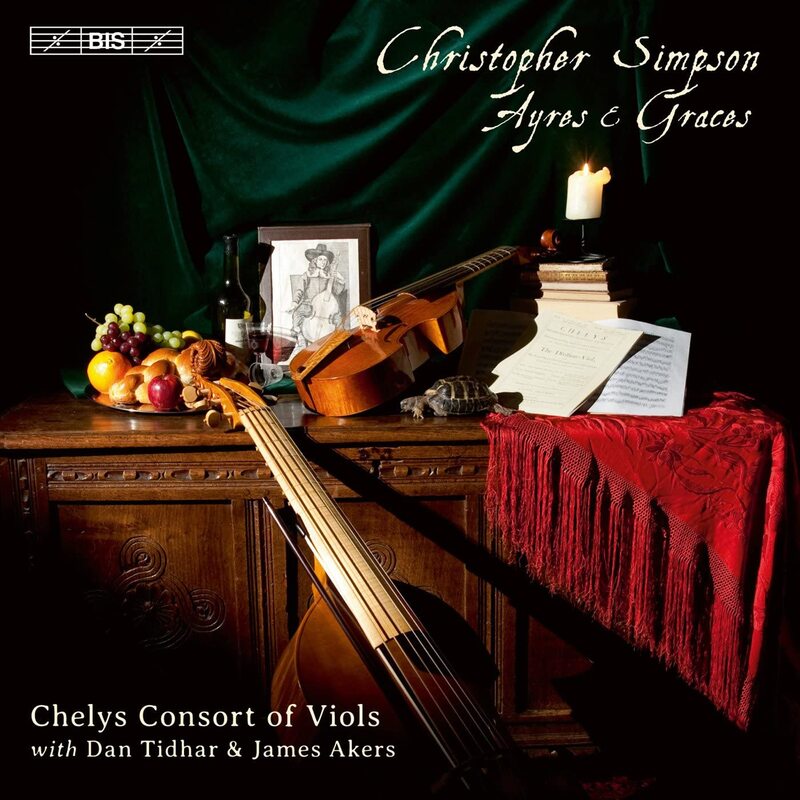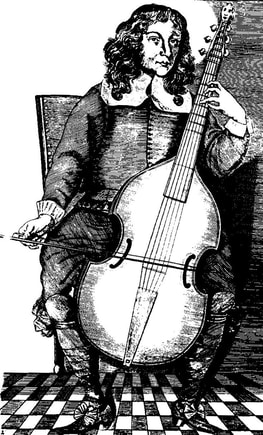I found them so convincing that I doubt whether these fresh and appealing interpretations could be bettered
- Brian Wilson, MusicWeb International
- Brian Wilson, MusicWeb International
|
'Played with passion, precision and brilliance' -Robert Oliver, Early Music Review 'Wonderfully supple, propulsive and alive' Erica Jeal, The Guardian * * * * Ayres & Graces features the previously unrecorded music of Christopher Simpson's Airs for two treble and two bass viols, with Dan Tidhar playing chamber organ and harpsichord, and Jamie Akers on theorbo and guitar. You can hear extracts here. Christopher Simpson (1602 / 06 – 1669) was a well respected theorist and viol player. His theoretical treatise 'A Compendium of Practical Musick in 5 parts, teaching by a New, and easie Method' was first published in 1665. John Jenkins refers to the book as ‘your excellent compendium’ and calls it ‘so ingenious a work’. Later, Purcell in his The Art of Descant refers to |
|
Simpson's Compendium as ‘the most ingenius book I e’er met with upon this subject’. Simpson’s best known work is his treatise The Division Viol, first published in 1659. The second edition appeared in 1665 and was divided into 3 parts, Part III is the longest part of the book, and is the largest English division treatise in existence. Simpson’s guide is detailed, comprehensive, and very easy to follow, and it contains the solo music for which he is perhaps best known.
Simpson wrote twenty four-part airs for two trebles and two bass instruments with continuo accompaniment. They were written at a time when this music was fashionable, William Lawes writing the Royall Consorts in the 1630s, and John Jenkins thirty-two airs composed between 1630-50. Simpson’s four-part output is not extensive when compared to his contemporaries, and is certainly not often heard today. |



